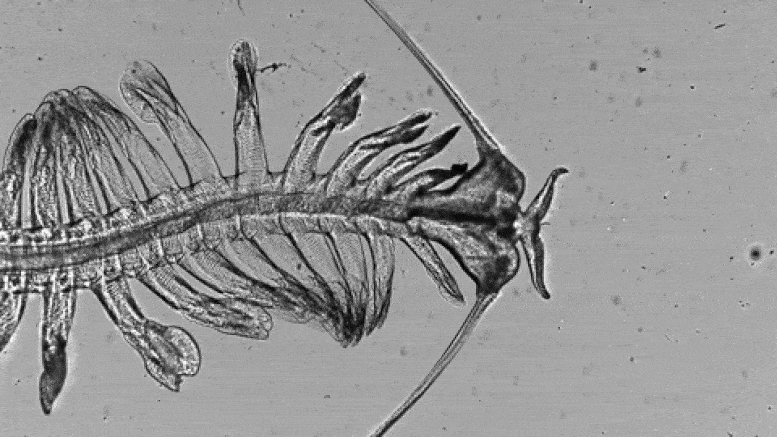

Cavities then develop within the cell mass to form the coelom. In acoelomates, a solid mass of mesoderm is sandwiched between the ectoderm and endoderm and does not form a cavity or “coelom,” leaving little room for organ development in pseudocoelomates, there is a cavity or pseudocoelom that replaces the blastocoel (the cavity within the blastula), but it is only lined by mesoderm on the outside of the cavity, leaving the gut tube and organs unlined in eucoelomates, the cavity that obliterates the blastocoel as the coelom develops is lined both on the outside of the cavity (parietal layer) and also on the inside of the cavity, around the gut tube and the internal organs (visceral layer).Įucoelmate protostomes are schizocoels, in which mesoderm-producing cells typically migrate into the blastocoel during gastrulation and multiply to form a solid mass of cells.

The coelom is a cavity that separates the ectoderm from the endoderm. This developmental pattern is called protostomy or “first mouth.” Protostomes include acoelomate, pseudocoelomate, and eucoelomate phyla. Lophotrochozoa are also protostomes, in which the blastopore, or the point of invagination of the ectoderm (outer germ layer), becomes the mouth opening into the alimentary canal. In these phyla, we also see the beginning of cephalization, the evolution of a concentration of nervous tissues and sensory organs in the head of the organism-exactly where a mobile bilaterally symmetrical organism first encounters its environment. These phyla are also bilaterally symmetrical, meaning that a longitudinal section will divide them into right and left sides that are superficially symmetrical.

Describe the unique anatomical and morphological features of flatworms, rotifers, and Nemertea.By the end of this section, you will be able to do the following:


 0 kommentar(er)
0 kommentar(er)
